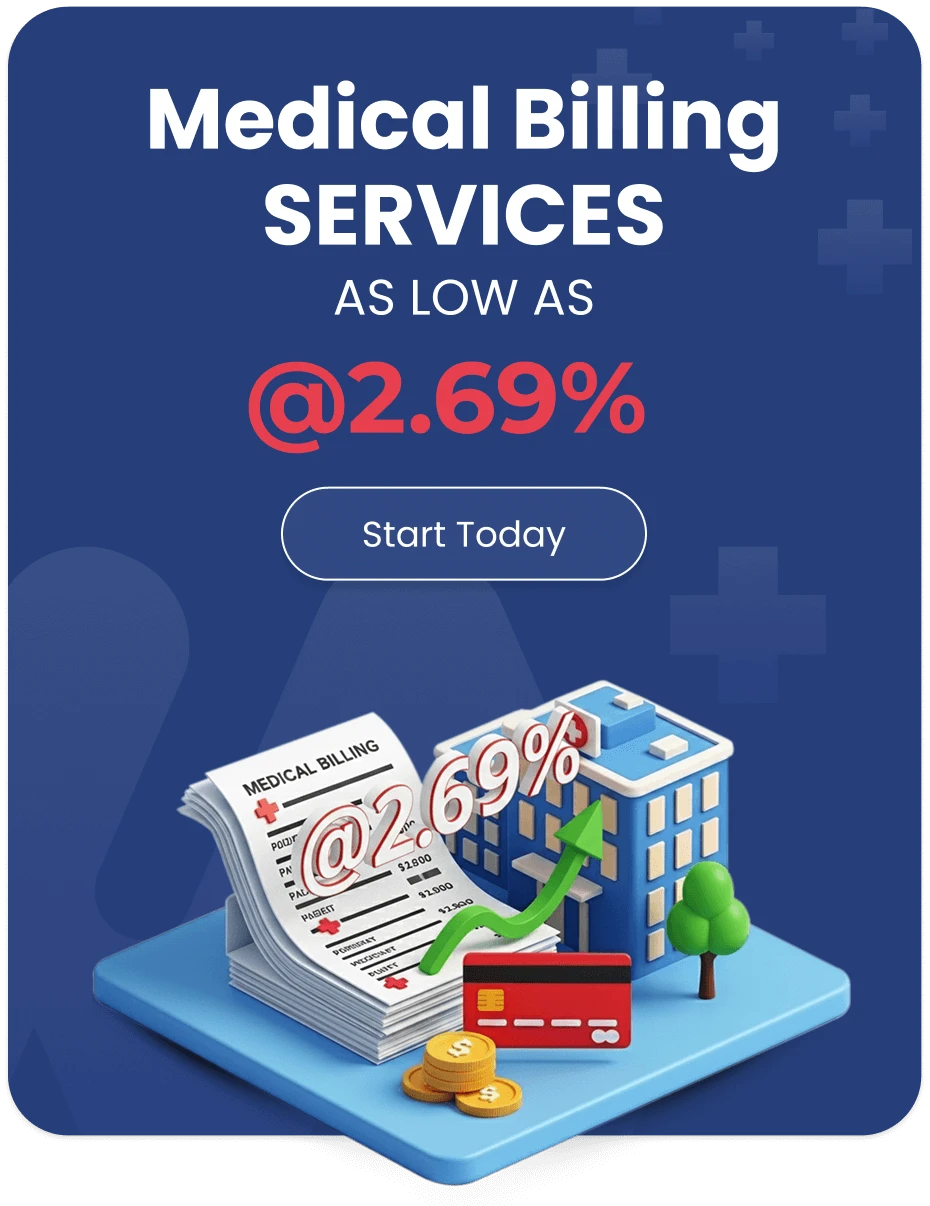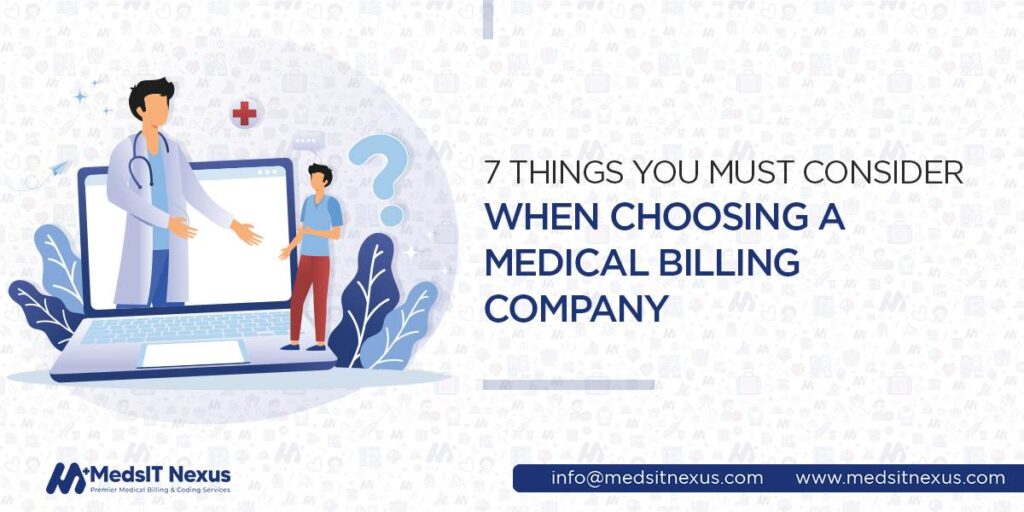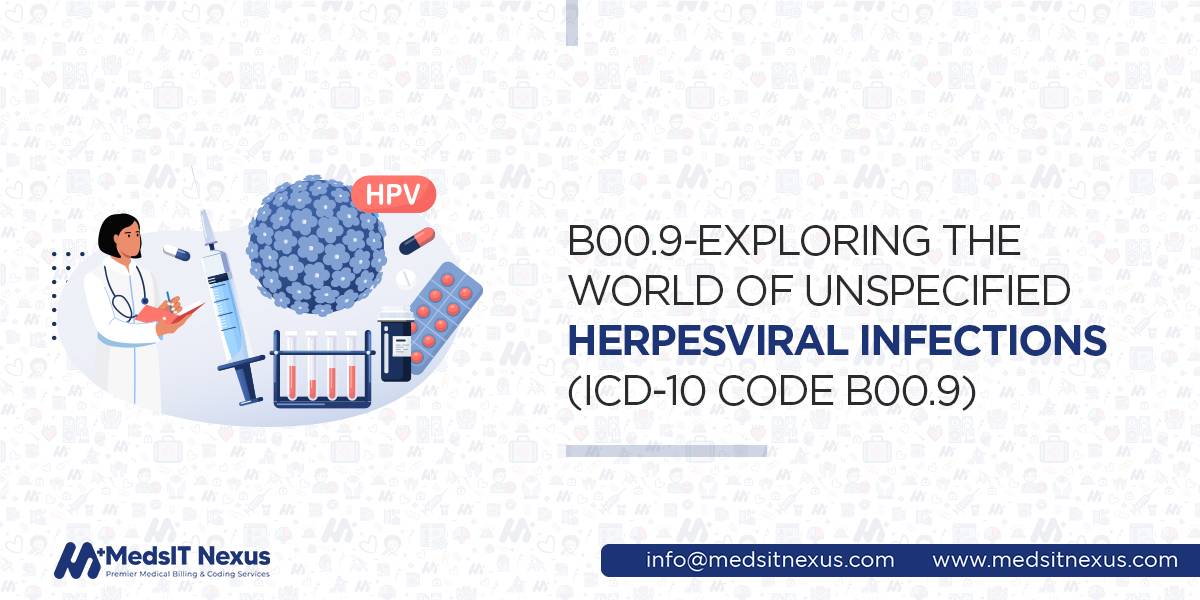Why is verification of benefits essential for medical practices?

If you are not affiliated with the health insurance carrier, your doctor will charge you for the medical procedures he will perform for your treatment. However, If you have insurance coverage, your medical provider will send a claim to your insurance company to receive reimbursement for his performed medical practices using Revenue Cycle Management(RCM) practice. Once the insurance carrier receives your claim, the claim adjudication process starts, which involves a series of verification steps; determining what portion of the bill is covered by your patient’s insurance plan is one of them; on successful verification, “explanation of benefits”(EOB) document will be sent to the medical provider. Because of the increasing complexities in healthcare, medical practitioners must pay more attention to validating patients’ insurance coverage, benefits, deductibles, and co-payments before they send a claim to an insurance carrier, and they validate your claim at their end and in case of any issue your claim gets into the denial stage. Therefore, because of these circumstances, I plan to list some key benefits that will make you understand why verification of benefits is essential for medical practices.
What is a process, and why verification of benefits is essential for medical practices?
Explanation of benefits or insurance coverage verification comprises a series of steps that involve contacting insurance companies to verify whether the patient is eligible or not for getting required medical services from the physician according to his insurance plan. A process ideally starts before the patient receives medical services. If EOB or insurance coverage verification is not considered a vital part of the practice revenue cycle management, it could leave your practice with unpaid claims from the insurance company and severely affect your profession’s reputation when the patient is hampered with sudden unexpected bills. A process of EOB validation is defined concisely below; you must follow these steps to reduce the chance your billing team deals with constant eligibility-based denials.
Receiving patient schedules from the hospital
The EOB verification process starts when a patient help desk staff enters the patient’s information obtained from the insurance cards, phone calls with the insurance company, the electronic eligibility system, and the questions asked during insurance verification. Once experts scrutinize the patient’s data, it is then used to further process the patient’s insurance coverage verification.
Get a copy Of insurance cards
The primary reason for the claim denial is incomplete or missing data. The patient’s help desk staff must acquire the most complete and up-to-date information. For this, ask patients to provide their updated copies of insurance cards even if the patient states that insurance hasn’t changed.
Connect with the health insurance company to know the extent of coverage
Do not consider insurance card information at face value because there are possibilities that insurance coverage may have changed or been discontinued. Therefore, you must get an insight into the patient’s coverage by connecting with the concerned payers for quality assurance verification and ensuring you will get the maximum reimbursement.
Use EMR and billing system
It will streamline the EOB verification process when you use an electronic medical remittance and billing system to ping the larger payers such as Medicaid, Medicare, or Blue Cross for eligibility data. Furthermore, you will get the following benefits:
- You can directly import data into the electronic medical record system.
- Make the process faster.
- Avoid possible data-entry errors.
- Determine the collection of the patient’s responsibility at the time of service.
Patient's follow-ups
If there are questions or concerns, follow up with the patient about insurance verification. You can update patients about their EOB status, copay, and out-of-pocket expenses through email or online via a patient portal. Updating patients about their responsibilities as early as possible will increase the chance of collecting those funds.
Updating the billing system
Once the concerned insurance carrier verifies a required patient’s insurance coverage, the patient account is created in the provider billing system.
Significance of benefit verification in medical billing
Although a prior authorization is a most troubling task that a medical practice must take on as it is a time-consuming and challenging undertaking for busy practices, specific medical procedures must be approved or pre-certified before being performed for the insurance company to cover them; otherwise, you will fail to get the reimbursement for your performed medical practices that will cause you to overwhelm your practice under financial losses. Consequently, some of the key benefits are listed, demonstrating why verification of benefits Is essential for medical practices.
Increase cash flow
Applying best practices in insurance verification will maximize your medical practice’s financial health by giving you a green signal that you will get a reimbursement for your rendered medical services from a concerned insurance carrier without any legal exceptions. Therefore, you must authenticate your insurance coverage before you perform the medical procedure for your patient.
Minimizes claim denials and maximizes reimbursement
Because of the increasing complexities in health insurance legal procedures, the ratio of claim rejection has increased in medical practices. But suppose healthcare practitioners consider EOB(explanation of benefits) verification and authentication as a vital part of your practice revenue cycle management. In that case, it will prevent you from the sudden consequences of the frequent changes in the Payers regulations, and being one step ahead will help you process the revenue cycle with a few denials, billing errors, and reimbursement delays.
Enhances the patient relationship
Eligibility Of Benefits verification and authentication allows you to establish a transparent relationship with your patient, a crucial healthcare legislative regulation to perform medical practices smoothly. When you have an EOB document, there is clear financial transparency between you and the patient as you can tell your patient about his financial responsibility, which is a patient’s copay in medical billing terms, out-of-pocket expenses, and what medical procedures his insurance plan covers. When your medical organization adheres to these legislative protocols, it will maximize patients’ trust in your medical services, and more patients will prefer to take medical services from you.
MedsIT Nexus eligibility and benefits verification competencies
Insurance verification is a cutting-edge stage in practice management; because of too many legislative complications in the process, your workforce must be on the On-one-s-toes to obtain and accurately record all eligibility information since it directly affects the medical practitioner’s cash flow. If you are conscious of revamping your RCM model, MedsIT Nexus medical billing and coding services can help you as we are equipped with a highly skilled team with vast experience in handling complete requirements of EOB validation.
Marshall-Russ, Technical Author -
Healthcare IT & Data Systems Analyst at MedsIT Nexus
Edit Technical documentation, workflow automation insights, and data-driven RCM improvement publications following our standard publication protocols.






